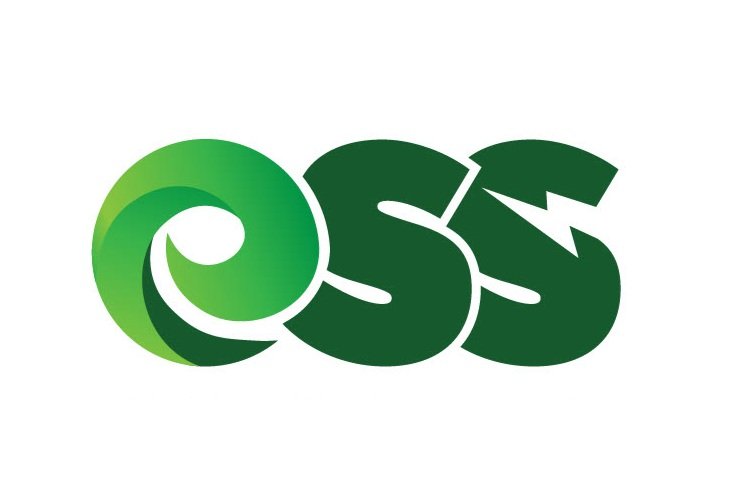The Economics of Community Solar Projects
Intro
In the ever-evolving landscape of renewable energy, community solar projects have emerged as a beacon of inclusivity and sustainability. These projects not only offer a collective approach to harnessing solar power but also introduce a unique set of economic dynamics. Let's embark on a journey through the economics of community solar projects and uncover how they contribute to a greener and more financially viable future.
Defining Community Solar
Shared Solar Vision
Community solar projects bring together a group of participants—residential and commercial—to collectively invest in and benefit from a solar installation.
Participants can be located in the same neighborhood, or town, or even share a common interest, creating a sense of shared ownership and responsibility.
Accessibility for All
One of the primary advantages of community solar is its accessibility. Individuals who cannot install solar panels on their own properties—due to shading, space constraints, or renting—can still partake in solar benefits.
Community solar fosters a sense of inclusivity by democratizing solar power access and making clean energy an option for a broader range of people.
The Economics of Community Solar Projects
Lower Costs, Enhanced Savings
By pooling resources, community solar participants can benefit from economies of scale. The collective purchasing power reduces installation costs, making solar energy more affordable for all involved.
Participants enjoy substantial savings on their electricity bills, typically receiving credits based on their share of the solar energy generated.
Return on Investment
Community solar projects offer a feasible option for individuals seeking a return on their investment without the burden of managing a standalone solar system.
The reduced upfront costs, combined with the ongoing energy savings, contribute to a favorable return on investment over the project's lifespan.
Sustainability and Shared Prosperity
Environmental Impact
Community solar aligns perfectly with sustainability goals. By generating clean energy and reducing reliance on fossil fuels, these projects contribute to a greener environment and a more resilient energy grid.
Participants can take pride in their role in reducing carbon emissions and advancing the transition to renewable energy sources.
Local Economic Boost
Community solar projects often partner with local contractors, suppliers, and labor, injecting economic activity into the community.
The ripple effect extends to job creation, supporting the local economy and fostering a sense of collective well-being.
Economic Viability and Green Evolution
Community solar projects embody the synergy of economic empowerment and sustainable progress. By providing a gateway to solar benefits for a diverse range of individuals, these projects contribute to financial savings, environmental stewardship, and communal growth.
Frequently Asked Questions (FAQ)
-
A community solar project is a shared solar farm where multiple participants can purchase or lease solar panels to offset their energy costs.
-
By pooling resources, community solar projects can achieve economies of scale, reducing the cost per watt of solar energy. This makes solar power more affordable for participants.
-
Homeowners, renters, and even businesses can participate. You don't need to own a property to join a community solar project.
-
It varies. Some projects require an upfront investment, while others offer pay-as-you-go plans.
-
You'll receive "solar credits" on your electricity bill, which offset your energy costs. The specifics depend on your community solar provider.
-
Absolutely! Community solar projects use photovoltaic (PV) panels to convert sunlight into electricity, making it a renewable energy source.
-
Standard community solar systems are grid-tied, so they won't provide electricity during a blackout unless there's a battery backup system in place.
-
Contract lengths can vary, ranging from month-to-month agreements to multi-year commitments.
-
Yes, but terms for exiting vary by project. There may be fees or notice periods required.
-
In some cases, participating in a community solar project may qualify you for federal or state tax incentives.





